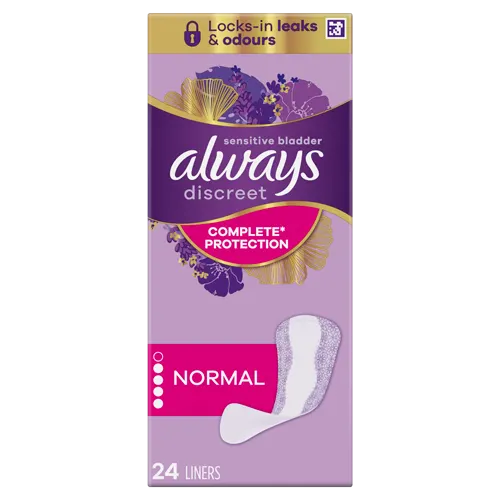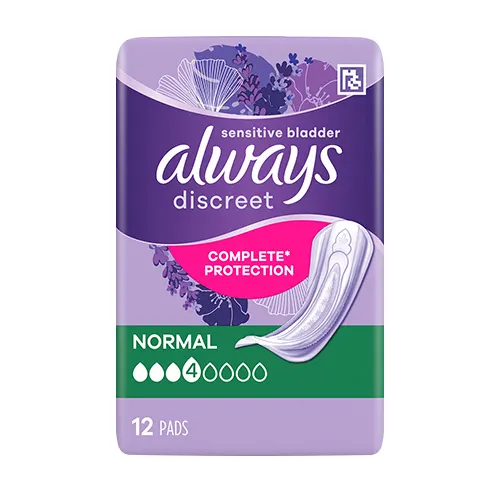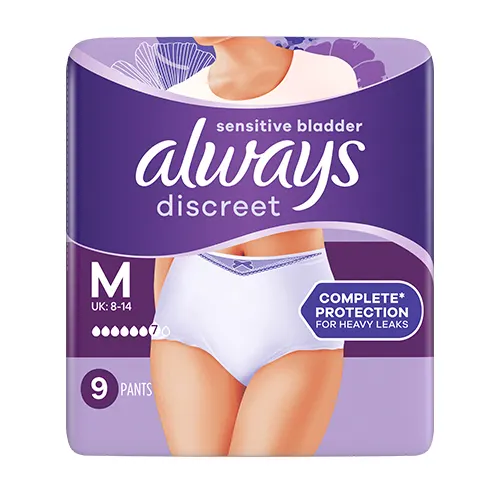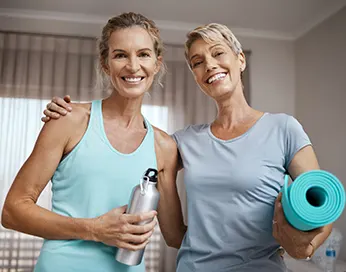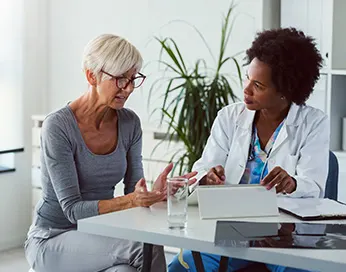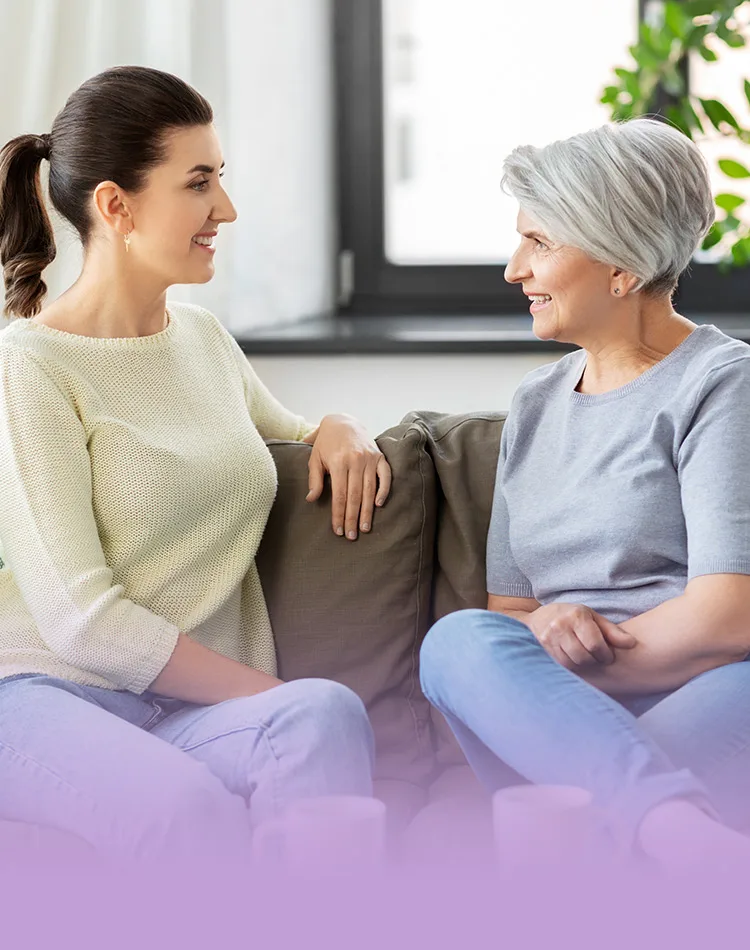
Urinary incontinence
In an age where celebrities seem happy to bare all and share all, how to deal with urinary incontinence seems to be one of the last real taboos left in our society. This could be why women who suffer from incontinence (and up to one in three of us do) feel so embarrassed about it. In order to deal with incontinence, they often adapt their lifestyles to avoid awkward accidents. This way of managing incontinence can, in turn, have a huge knock-on effect on their social lives – whether exercising or taking long car journeys – and on their self-confidence. Women with urinary incontinence tend to keep the problem to themselves for years without discussing it with anyone, even their family doctor or gynaecologist. They do not realise that there are many other women who are also wondering how to deal with incontinence and going through exactly the same problems they are. Help with how to deal with urinary incontinence is available. I highly recommend all women experiencing urinary incontinence use their next health check-up to speak about their concerns and allow themselves to get help in dealing with incontinence..
Urinary incontinence
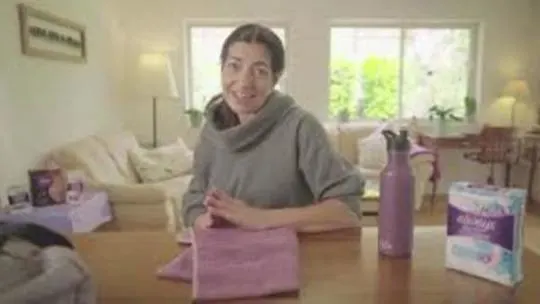
A practical guide on how to deal with incontinence
Urinary incontinence occurs when urine is released from the bladder involuntarily. This can range from little leaks to full bladder voids. More than one in three women over the age of 18 are dealing with incontinence of some kind. There are three main kinds of urinary incontinence: stress, urge, and overflow.

Stress incontinence
Stress incontinence is the result of a pelvic floor weakened by things like childbirth or being overweight, and leads to little leaks sneaking out when pressure is placed on the bladder during everyday activities such as coughing, sneezing, laughing, or exercise.
Urge incontinence
Urge incontinence, also known as having an overactive bladder or OAB, is when you feel frequent and sudden urges to urinate. You may or may not be able to make it to the toilet on time. You may even feel a strong urge to go even when there is no urine in your bladder.
OAB happens due to muscle or nerve damage in the bladder tissue. If you feel the urge to go more than eight times a day or are getting up more than once a night to pee, you may have OAB.
Overflow incontinence
Overflow incontinence, more common in men than in women, occurs when your bladder doesn’t successfully empty itself all the way due to a blockage or muscle weakness, so it leaks when it is full –even though you may not feel the urge to urinate.
Many women experience a mix of two different kinds of incontinence. This can also be known as mixed incontinence.
The unfair trade-off of managing incontinence
The last thing you want to do is live your life in fear of a bladder leak. This thought fills some women with such dread that it keeps them from engaging in the everyday activities that they once loved.
Incontinence can make you feel ill-equipped to take on everyday tasks, but this need not be the case. Far from it! There are many products and tools at your disposal to help you to deal with incontinence and to keep living life as normal.
Incontinence is very common across all age groups, affecting one in three women over 18. Therefore, it is also a common issue facing young, vibrant, active women. This doesn’t fit the image many people have of someone dealing with incontinence. Overcoming this disconnect can be key in effectively addressing the issue and seeking proper treatment.
Dealing with incontinence
-
Start doing pelvic floor exercises. The pelvic floor is a system of muscles, ligaments and nerves that create a basket of support for your bladder. Fitting these exercises into your routine can be relatively straightforward. As you’re sitting at your desk, flex and release the muscles used to hold in urine. Do this at least three times a day.
-
Avoid foods that irritate the bladder. This might mean limiting alcohol, caffeine, citrus or chocolate, as all of these foods affect the acidity of urine, ultimately irritating an already sensitive bladder. Keep a journal for a week in which you document what you eat, when you eat it, and how often you feel the urge to urinate. This may help you to identify correlations between the food you eat and the intensity of your incontinence so that corrections can be made to your diet.
- Hydrate! While drinking too much of anything will create an urge to go, a critical tool for dealing with incontinence is to drink plenty of water. Sure, this may sound counterintuitive. After all, if you feel like you have to urinate, it might make sense to limit your fluid intake. However, not drinking enough water results in highly concentrated urine, which will irritate your bladder. If you leak overnight, you may wish to cut back in the evenings to increase your chances of making it through the night without having to get up to go. If this is the case, be sure to drink the majority of your fluids throughout the day to stay hydrated, drinking more fluids than you do in the evening.

-
Staying on a bathroom schedule can serve to alleviate some of the urgency associated with having an overactive bladder. Start by visiting the bathroom every hour and increase the time between each visit gradually over time. Bladder training of this nature can be helpful for dealing with incontinence. You may be able to train your bladder to go at specific intervals, bringing a level of predictability to your bathroom needs.
-
Get moving. Weight management can help alleviate the symptoms of adult incontinence, as extra weight puts pressure on the bladder’s muscles, which can lead to stress incontinence. Simply going for more walks around your local area is an easy, straightforward way to get moving.
-
Wear protection Specially designed incontinence liners and pads provide comfort and peace of mind for those moments in which you can’t make it to the bathroom despite your best efforts; but not all liners and pads are created equal. Some are designed for dealing with incontinence, others are not. Some women, reluctant to purchase incontinence products due to either stigma or inconvenience, wear period liners to address their incontinence. However, period liners are not uniquely designed to absorb urine, and may leave you feeling wet.
There is a wide variety of Always Discreet incontinence products for bladder weakness to meet the needs of all women. These draw away moisture and neutralise odour.

